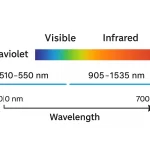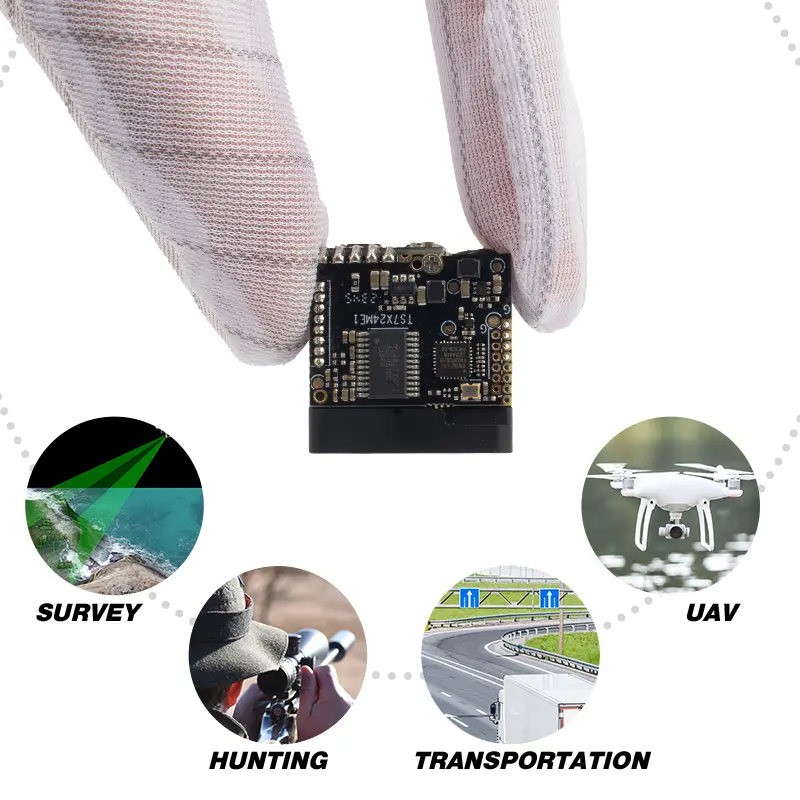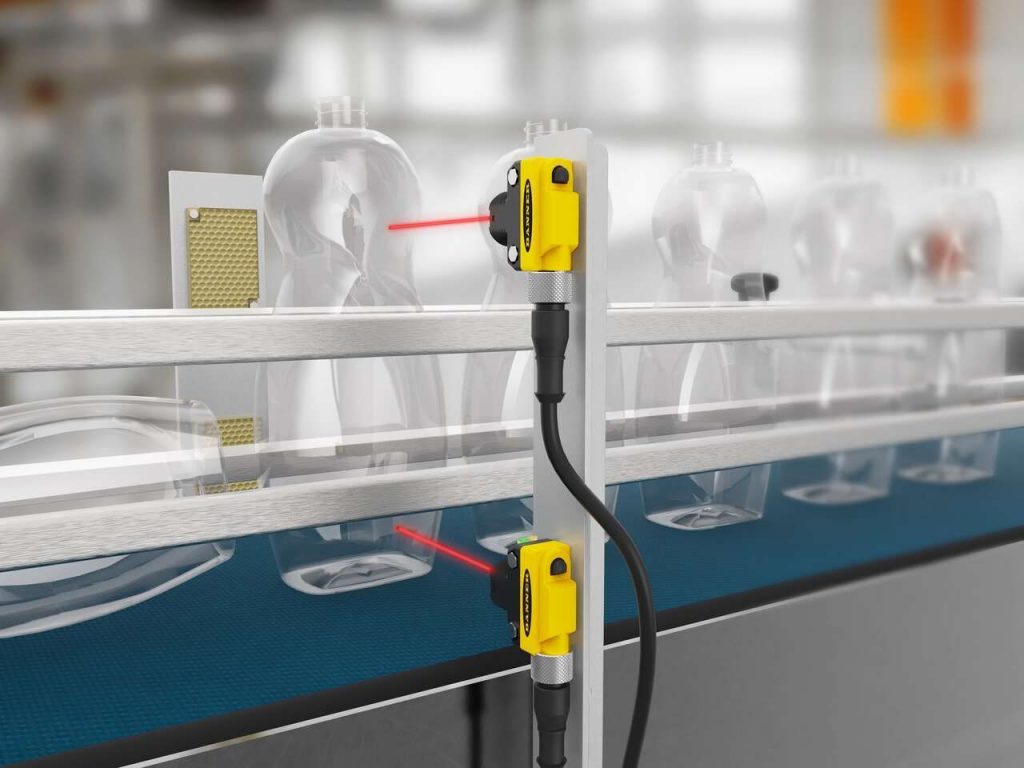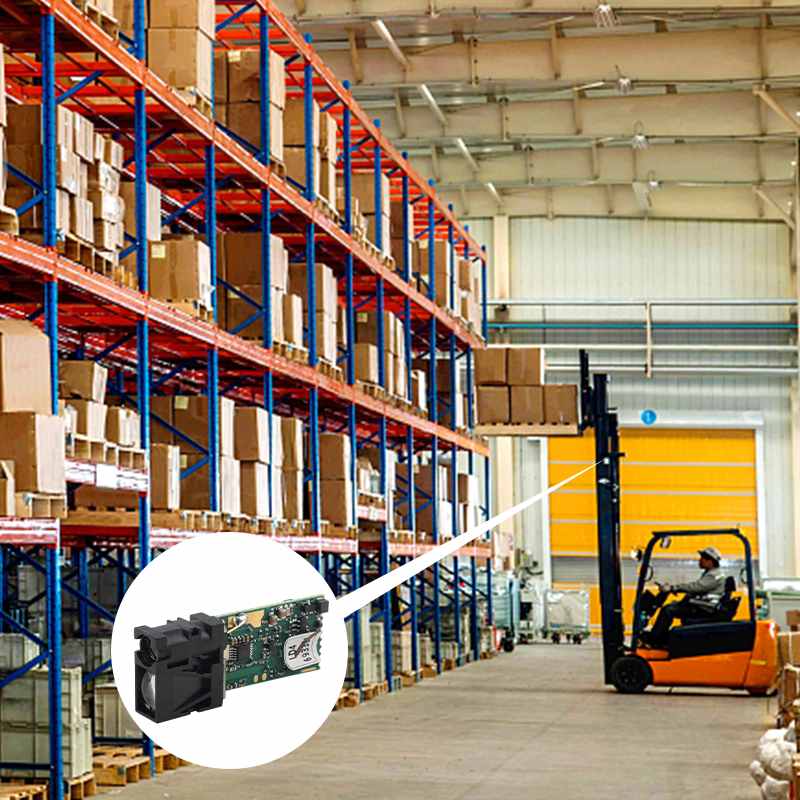Laser distance sensor modules have become indispensable tools in modern industrial automation, construction measurement, and outdoor surveying. Their ability to provide fast, precise, and non-contact distance measurements relies heavily on the laser wavelength employed within the sensor module. Selecting the appropriate wavelength not only affects measurement accuracy but also determines the sensor’s suitability for various environmental conditions and application scenarios.
In this article, we explore the concept of laser distance sensor module wavelength, the difference between visible and invisible laser light, and how these factors influence sensor performance for different industries, including building measurement and industrial automation.
What is Laser Wavelength?

The laser wavelength refers to the specific distance between peaks of the electromagnetic waves emitted by the laser source, typically measured in nanometers (nm). This wavelength defines the color and energy of the laser light. Laser wavelengths range across the electromagnetic spectrum, from ultraviolet (UV) through visible light to infrared (IR).
In laser distance sensor technology, wavelengths commonly used fall into:
Visible light: approximately 400 nm to 700 nm
Near-infrared and infrared light: typically 850 nm to 1550 nm
The choice of wavelength impacts the sensor’s range, accuracy, and ability to operate under challenging environmental conditions.
Visible vs. Invisible Laser Light in Distance Sensors
Visible Laser Light
Visible laser light falls within the wavelength range of 400 nm to 700 nm. These lasers emit light perceivable by the human eye, often seen as red or green laser beams. Visible laser distance sensors excel in short-range, high-precision applications such as indoor building measurement and robotic guidance. The advantage of visible light is that operators can easily see the measurement point, enhancing alignment and setup accuracy.
However, visible lasers are more susceptible to ambient light interference and have limited performance in harsh environments like fog, dust, or outdoor conditions with strong sunlight.
Invisible Laser Light
Invisible lasers, primarily in the near-infrared (NIR) and infrared (IR) range (850 nm to 1550 nm), are imperceptible to the human eye. These lasers are widely used in industrial laser distance sensors and outdoor measurement laser sensors because of their superior penetration through atmospheric particles like dust and fog.
Infrared lasers enable longer measurement ranges, often extending up to several kilometers, making them ideal for surveying, drone applications, and harsh industrial environments where visible lasers would fail.
How Laser Wavelength Affects Sensor Performance
The wavelength of the laser directly influences key performance parameters of a distance sensor:
- Measurement Accuracy: Shorter wavelengths (visible light) tend to provide higher accuracy and resolution for close-range measurements.
- Maximum Measurement Range: Longer wavelengths (infrared) can travel further and penetrate obscurants better, allowing for longer range measurements.
- Environmental Adaptability: Infrared lasers perform better in dusty, foggy, or smoky environments, which are common in industrial settings.
For example, a building measurement laser sensor using visible red laser (around 650 nm) will deliver pinpoint precision indoors, while an industrial laser distance sensor with an 1550 nm infrared laser module suits outdoor or heavy machinery monitoring where dust and light interference are prevalent.
Choosing the Right Laser Wavelength for Your Application
Selecting the correct laser wavelength depends on your specific use case:
- Indoor and Construction Applications: Visible or near-infrared wavelengths (600–900 nm) are recommended for detailed, short-to-medium distance measurements where precision and ease of targeting are critical.
- Outdoor and Industrial Environments: Infrared lasers (1000–1550 nm) offer the best performance in long-range and harsh conditions, including fog, dust, and varying light.
Looking for reliable long-range laser distance sensors? Discover our long range sensor modules now.
At Meskernel, we provide a diverse range of customizable laser distance sensor modules tailored for these varying needs, ensuring optimal wavelength selection aligned with your application environment.





Understanding the role of laser wavelength in distance sensor modules is essential for selecting the right device for your measurement needs. Visible laser sensors offer exceptional precision for indoor and controlled environments, while invisible infrared lasers extend range and reliability in industrial and outdoor conditions.
By choosing a laser distance sensor module with the appropriate wavelength, you can significantly enhance measurement accuracy, reliability, and operational efficiency. Explore our full range of laser distance sensor modules tailored to your industry needs — contact us for a free consultation!